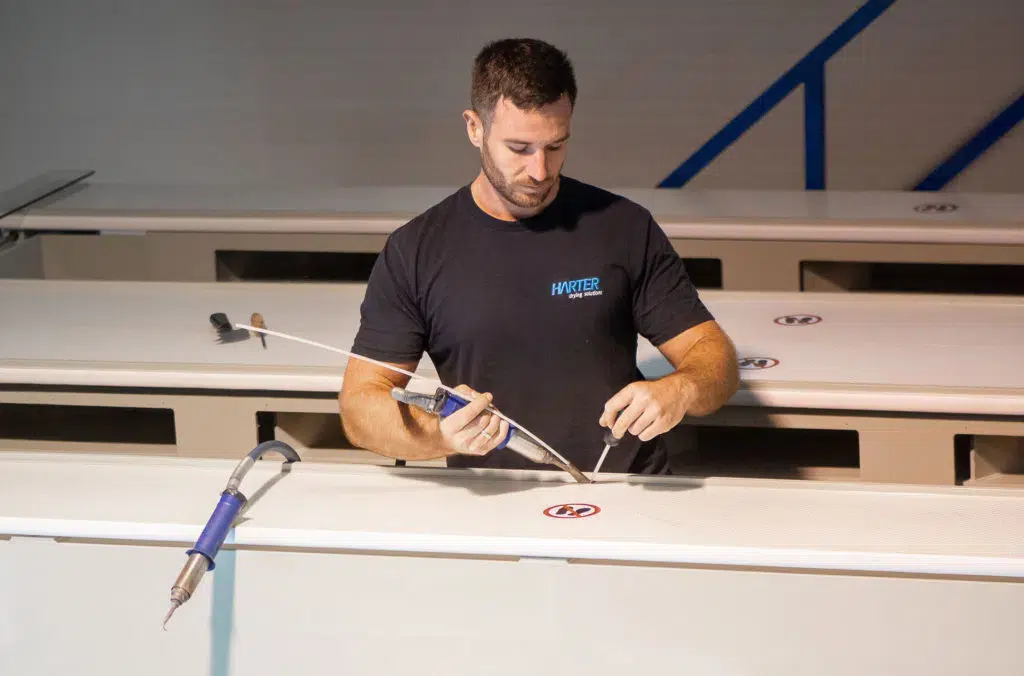The Drying Trick with the Heat Pump
Simply being dry has long been insufficient for the pharmaceutical industry. Today, drying processes should be safe, gentle on products, and economical in terms of energy consumption. Drying with the heat pump therefore has many fans in pharmaceutical production.
Condensation drying with the integrated heat pump has been around for 30 years. “Back then, nobody was interested in this type of drying,” says Reinhold Specht, Managing Director at Harter, who helped develop the energy-saving heat pump technology at the time. That has changed considerably in the meantime. In addition to food companies, the quality- and safety-conscious pharmaceutical industry is also relying on condensation drying. This is evidenced by the names of renowned manufacturers on the Allgäu-based company’s customer list and successful projects in a wide variety of areas. Drying after sterilization is in high demand. Primary packaging made of plastic or glass must be completely dry after hot water spraying. The Harter experts have also gained experience with active ingredients such as wet granulates, liquid jellies or collagen films, as well as with the dehumidification of entire clean rooms and individual workplaces.
You can find the complete project report here.
